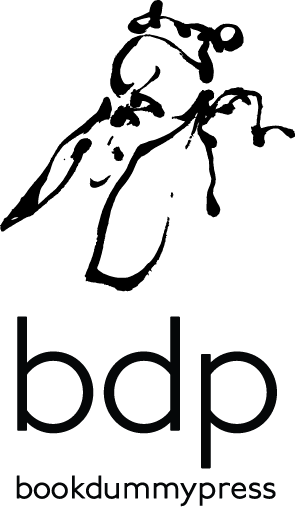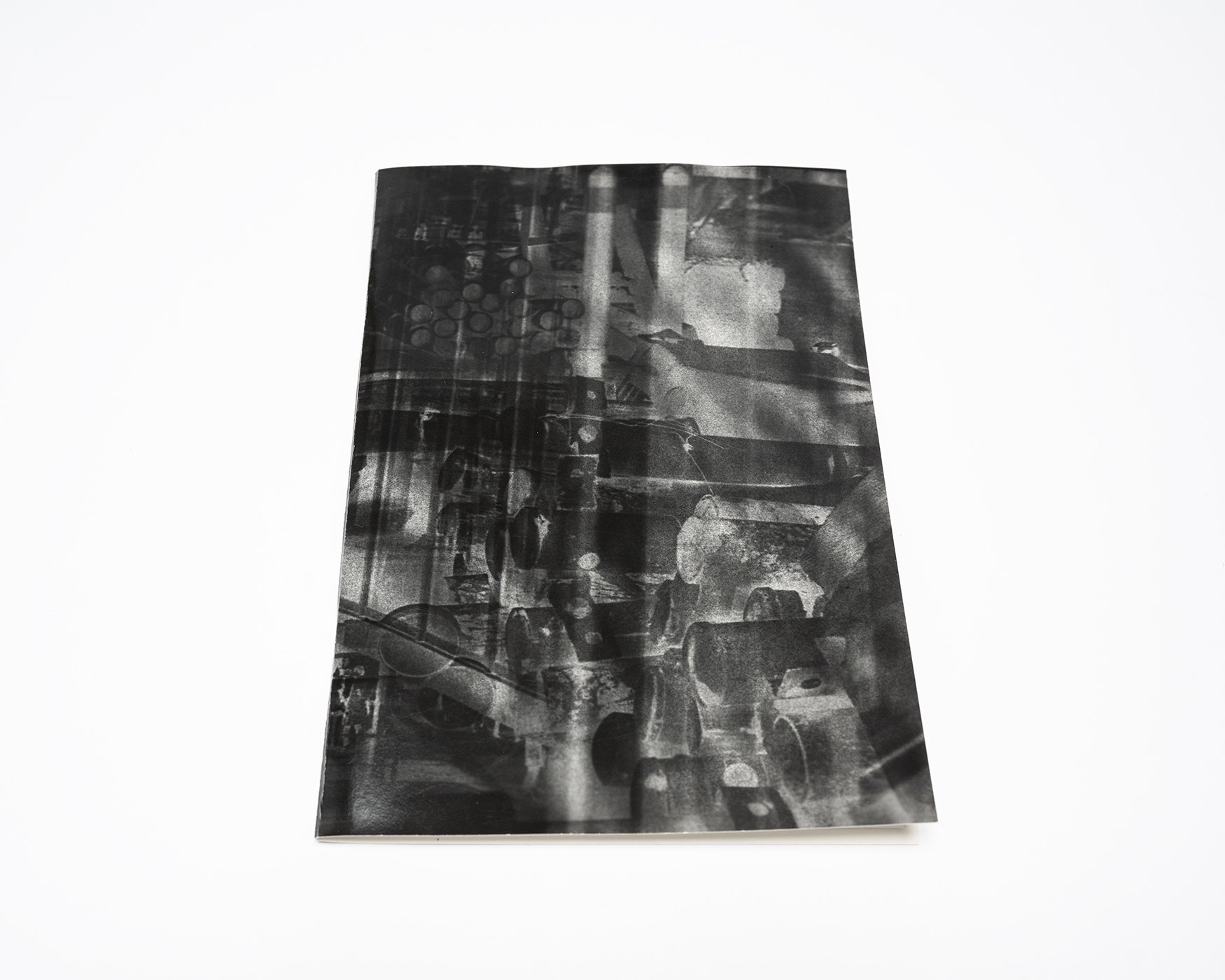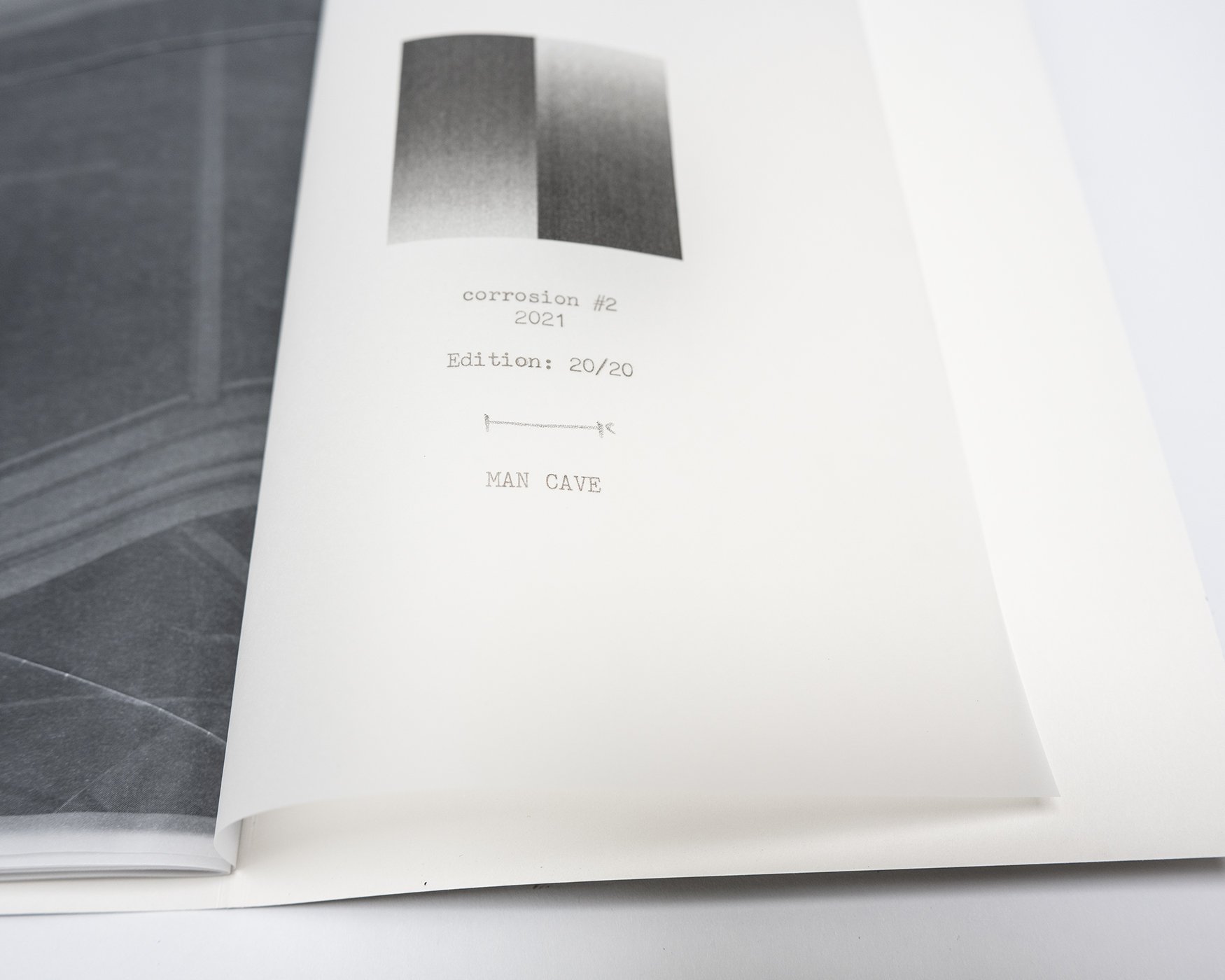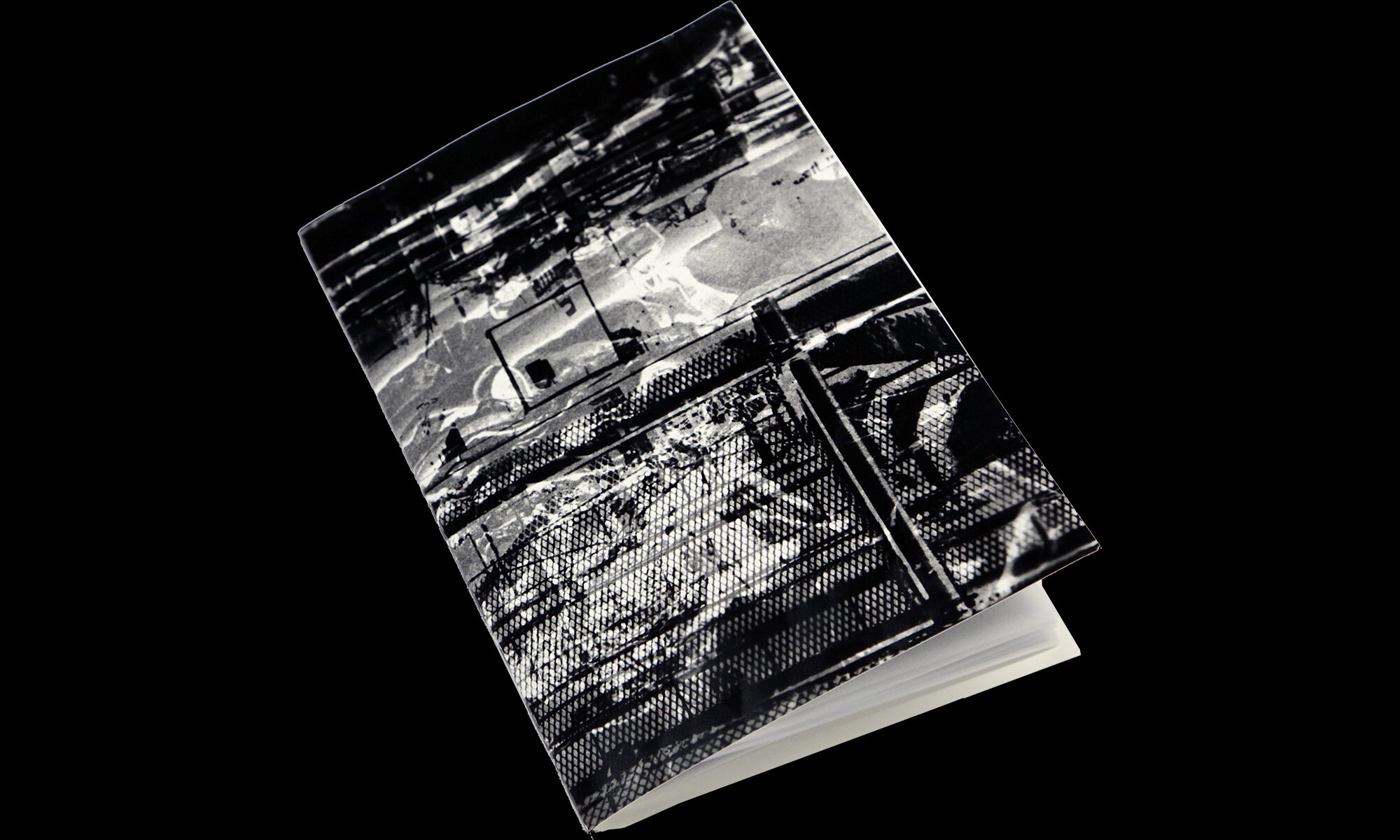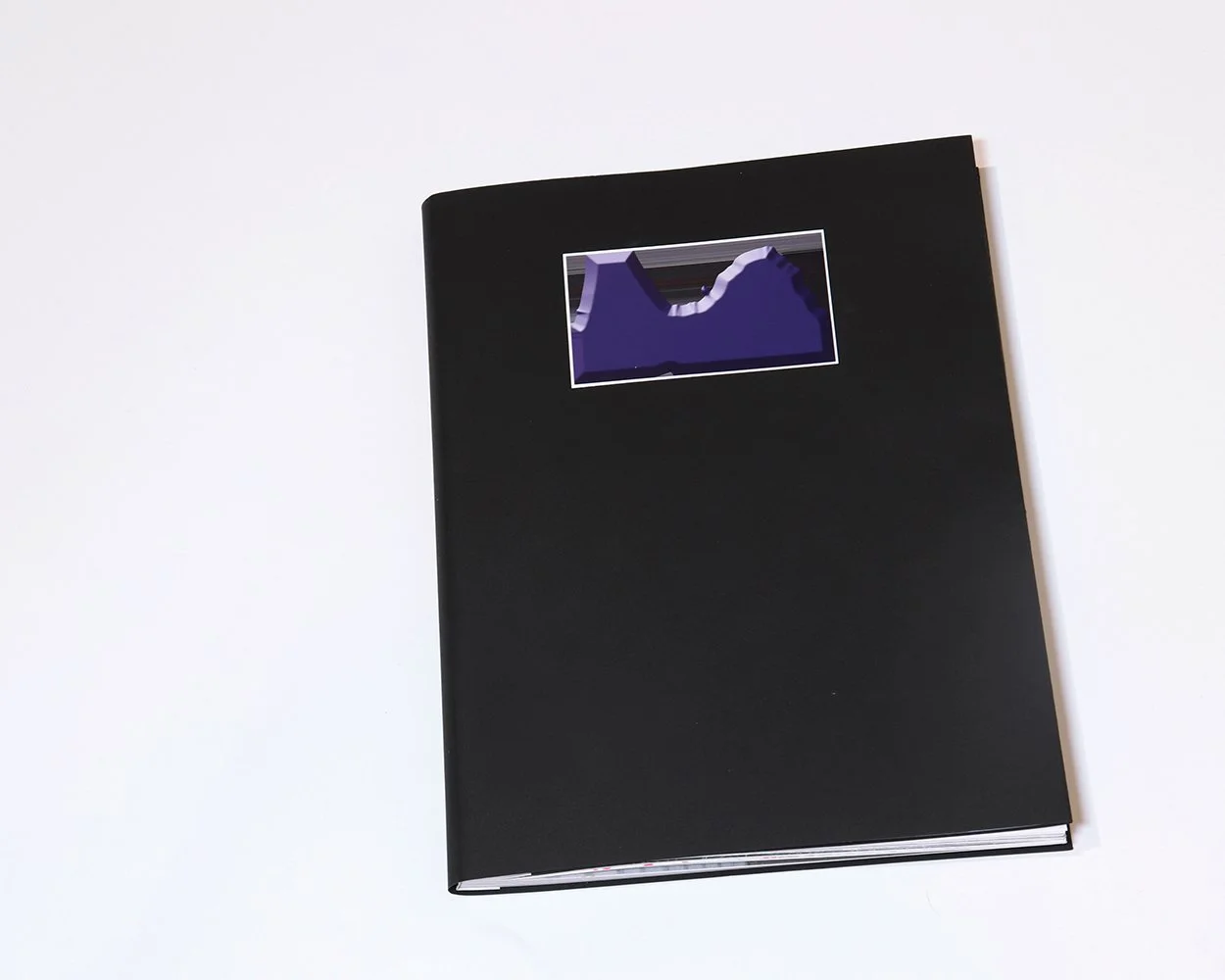 Image 1 of 6
Image 1 of 6

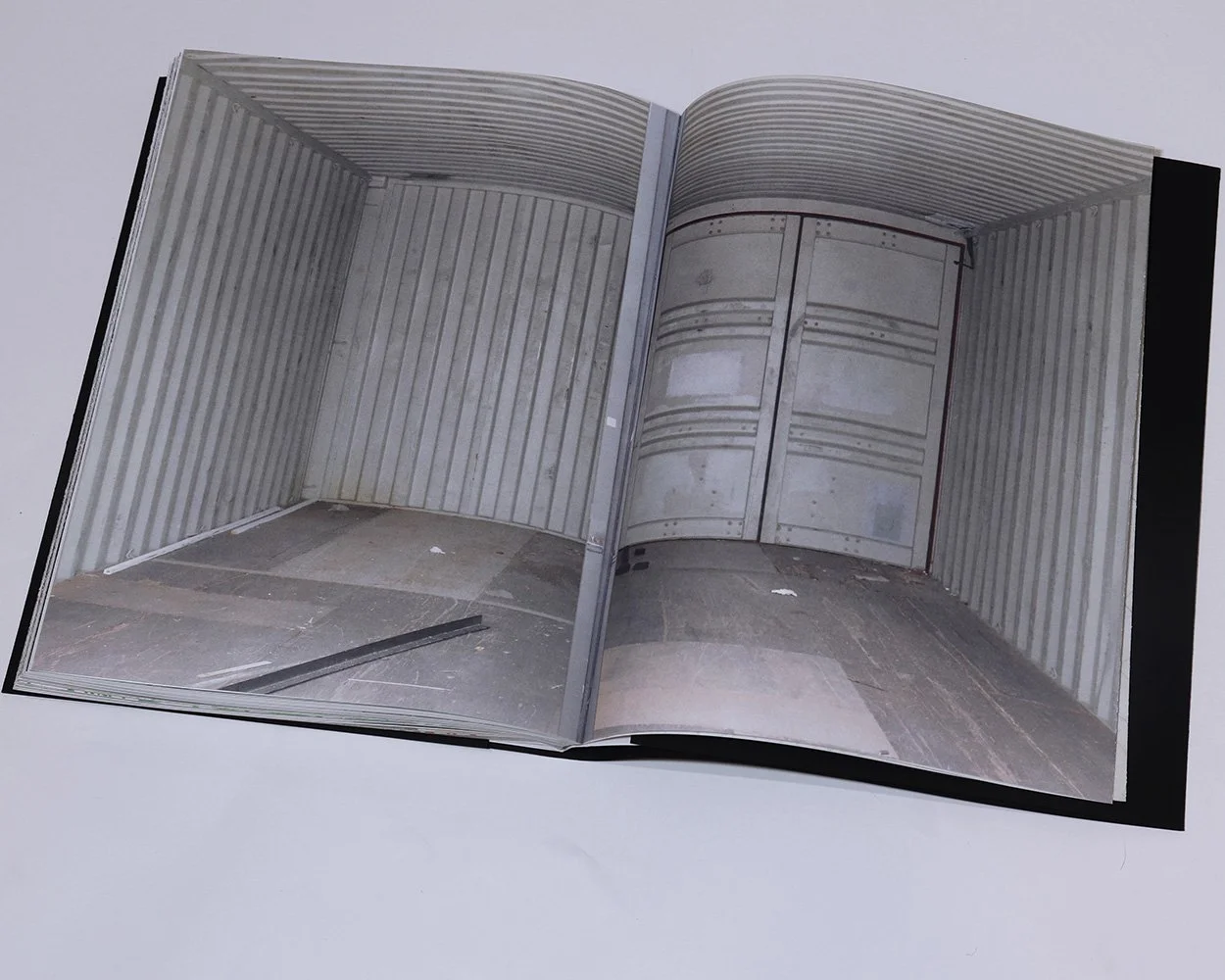 Image 2 of 6
Image 2 of 6

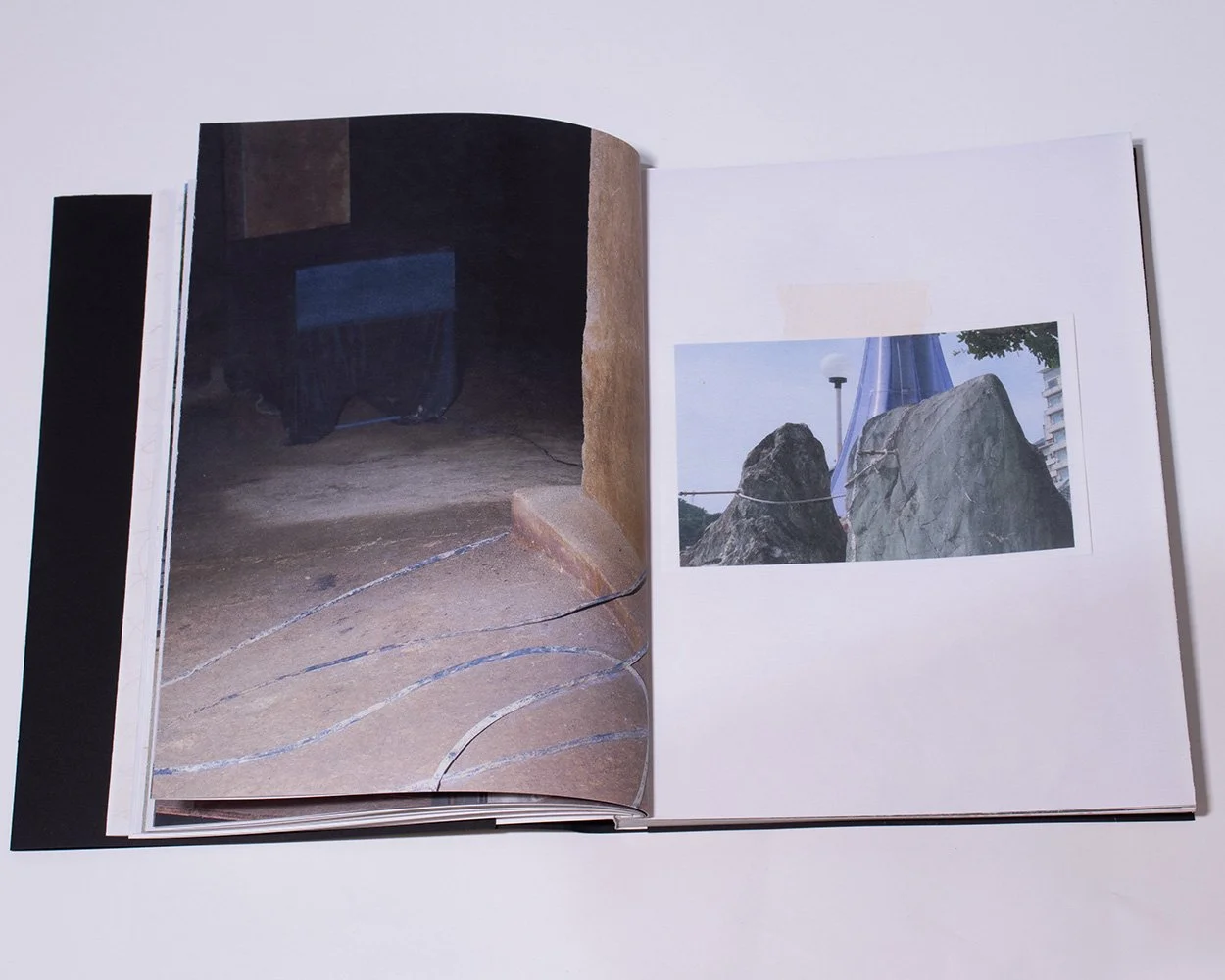 Image 3 of 6
Image 3 of 6

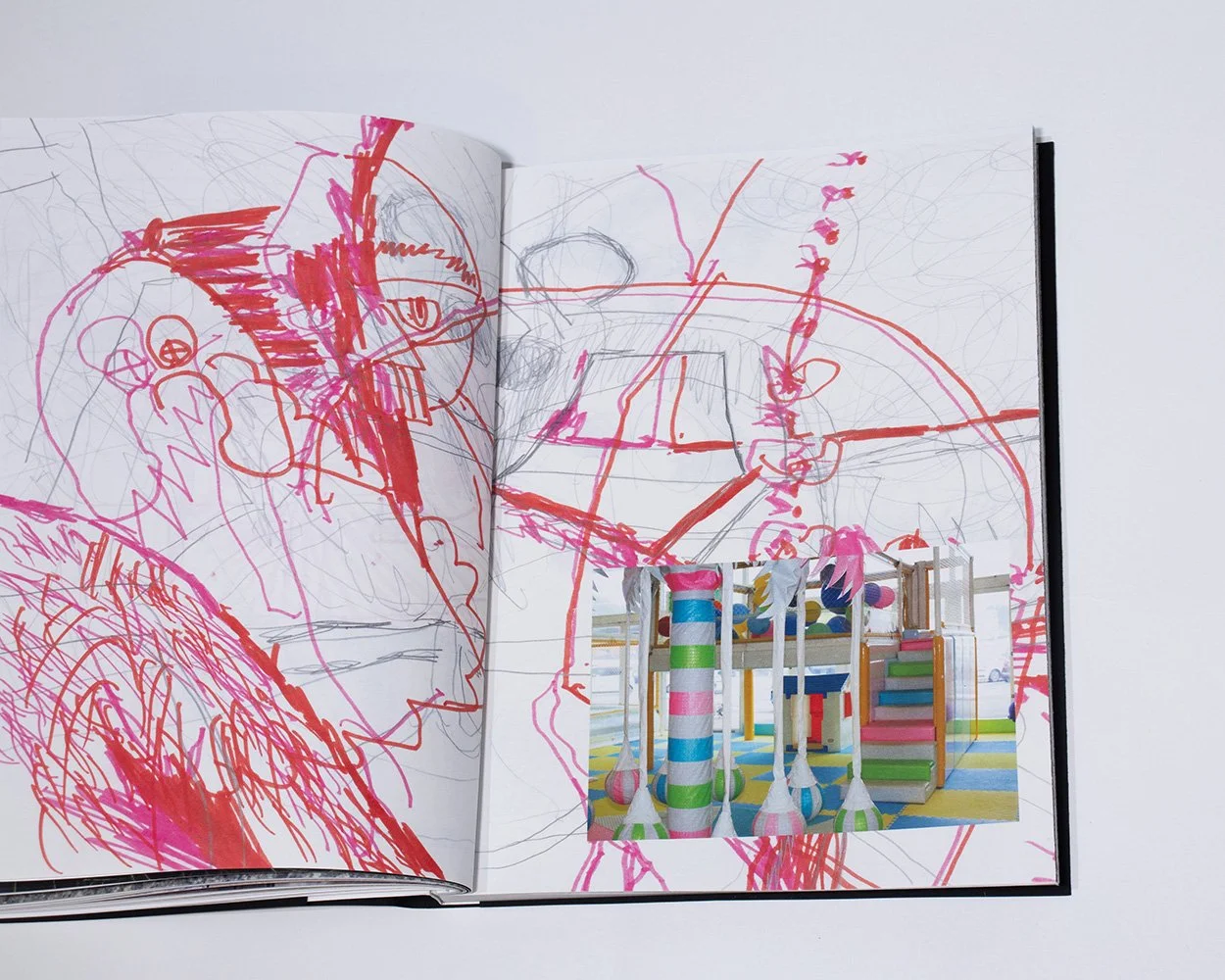 Image 4 of 6
Image 4 of 6

 Image 5 of 6
Image 5 of 6

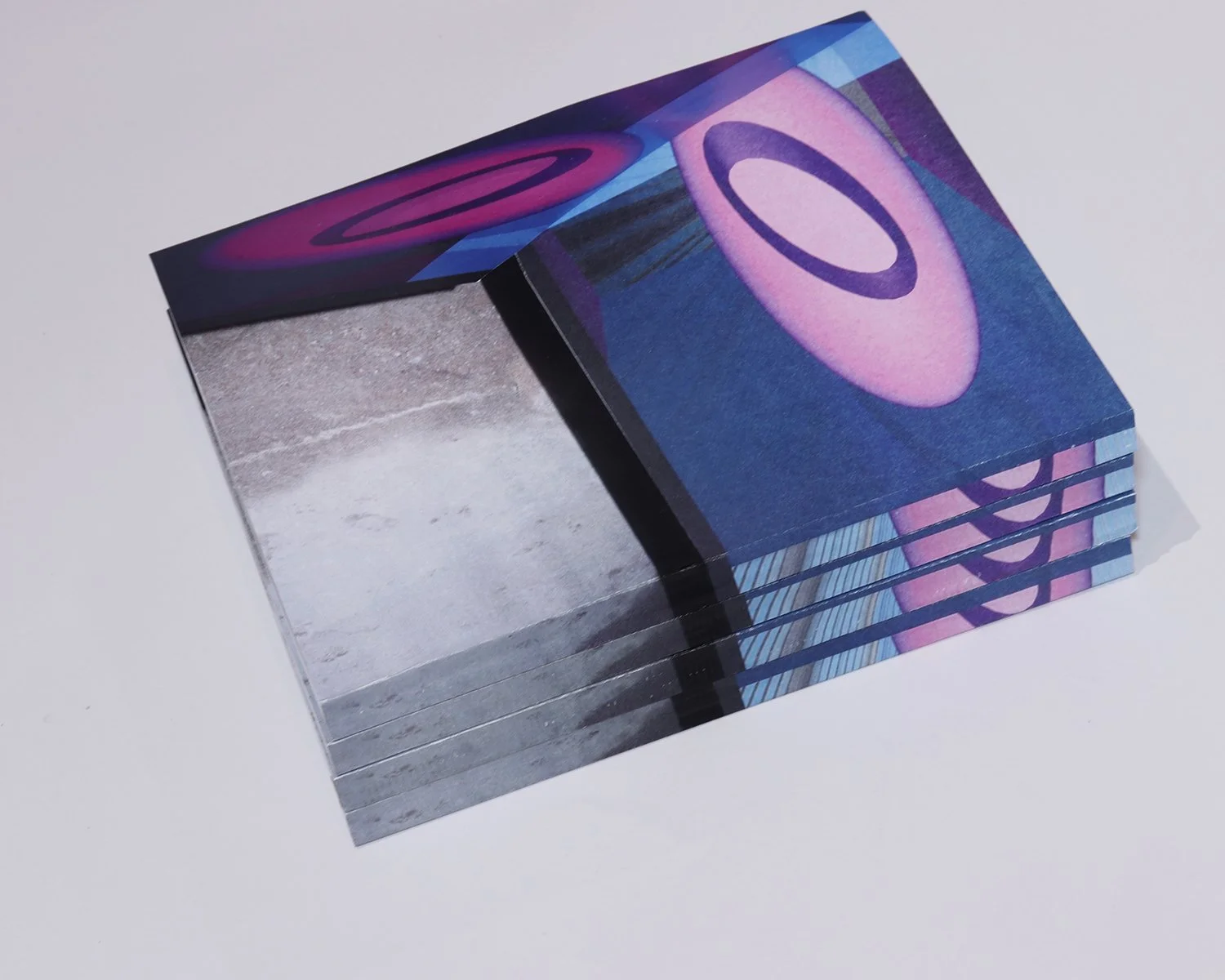 Image 6 of 6
Image 6 of 6







cryoebe 32 by Hanlu
Self-Published, 2025
Softcover
9.5” × 7.5”
84 pages
First Edition of 15
cryoebe 32 is a prototype for sensing the world differently: by placing a sensor in your mouth and closing your eyes, the outside world unfolds in new form. (The sensor rests beneath the outermost cover of the book.)
Façade—a word borrowed from French, meaning “frontage” or “face”—frames this experience. A wigwam becomes an unreachable entity; the rhythm of the eyes moving around it lends the image a “face,” while the recess at the back of the brain constructs its interior.
The passage from one façade to another—one building to the next—first took shape in the Renaissance with the rise of urban life. EYEbox carries this idea forward, shaping a mental architecture that gestures toward an “ideal city” built entirely in the imagination.
In order to reduce the distance between "existence" and "non-existence", Hatsune Miku, as a representative, pushes the shutter to give pseudo-existence to the "non-existent", or to reproduce the existent and make it non-existent.
Self-Published, 2025
Softcover
9.5” × 7.5”
84 pages
First Edition of 15
cryoebe 32 is a prototype for sensing the world differently: by placing a sensor in your mouth and closing your eyes, the outside world unfolds in new form. (The sensor rests beneath the outermost cover of the book.)
Façade—a word borrowed from French, meaning “frontage” or “face”—frames this experience. A wigwam becomes an unreachable entity; the rhythm of the eyes moving around it lends the image a “face,” while the recess at the back of the brain constructs its interior.
The passage from one façade to another—one building to the next—first took shape in the Renaissance with the rise of urban life. EYEbox carries this idea forward, shaping a mental architecture that gestures toward an “ideal city” built entirely in the imagination.
In order to reduce the distance between "existence" and "non-existence", Hatsune Miku, as a representative, pushes the shutter to give pseudo-existence to the "non-existent", or to reproduce the existent and make it non-existent.
